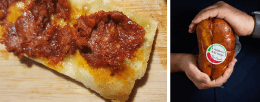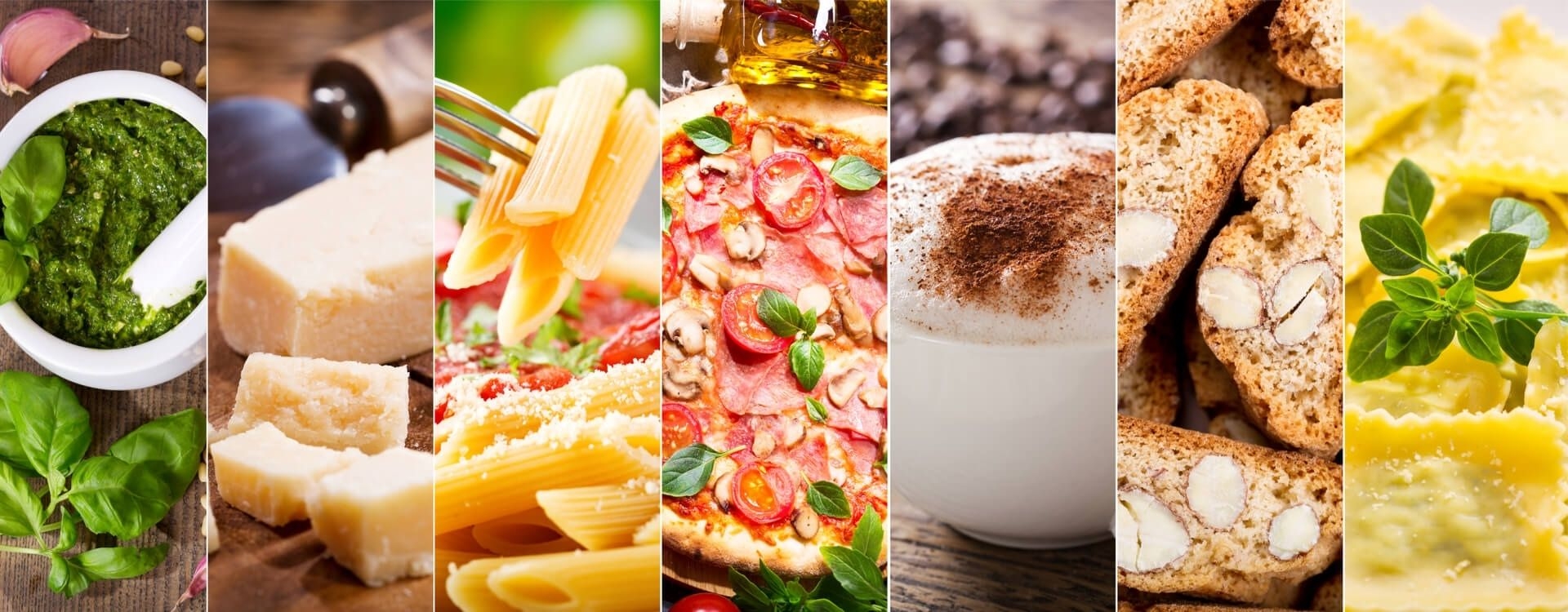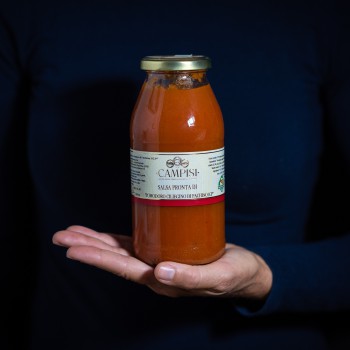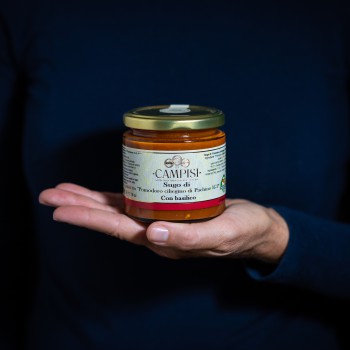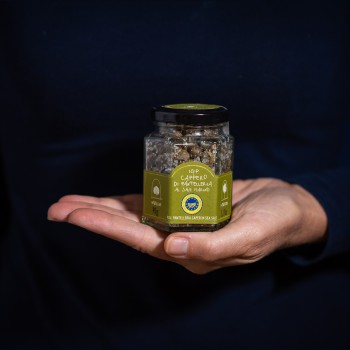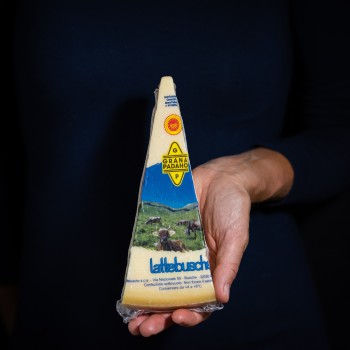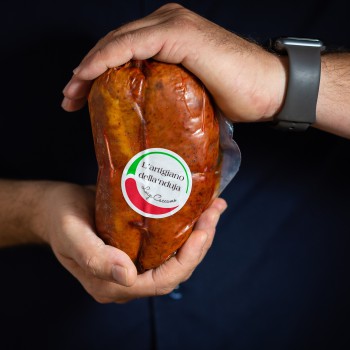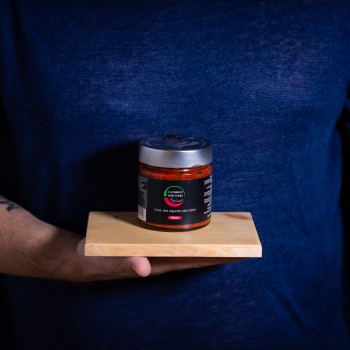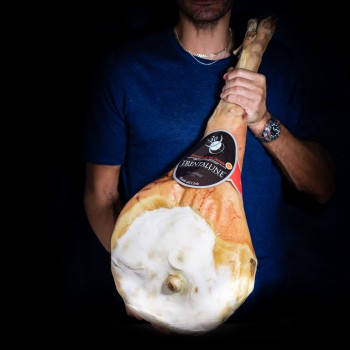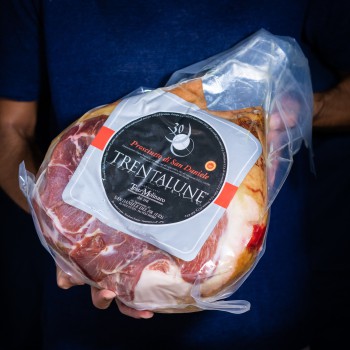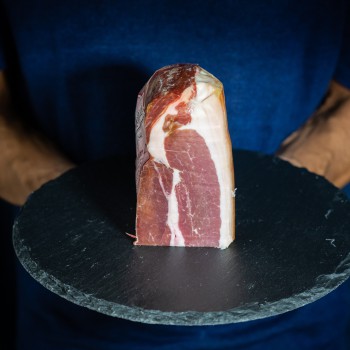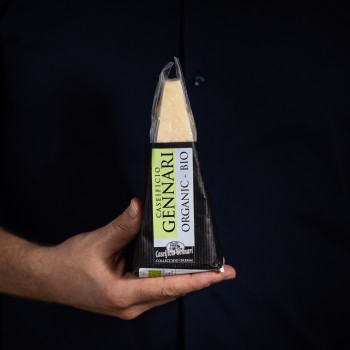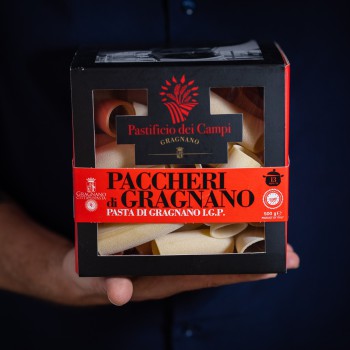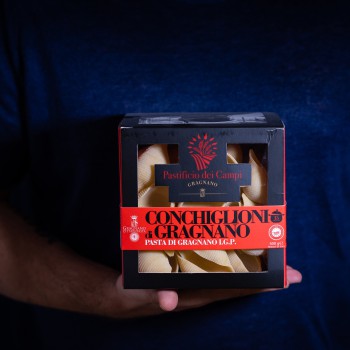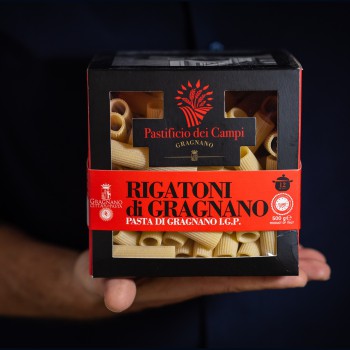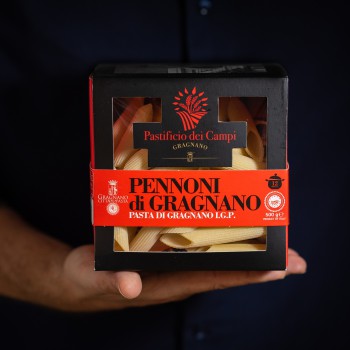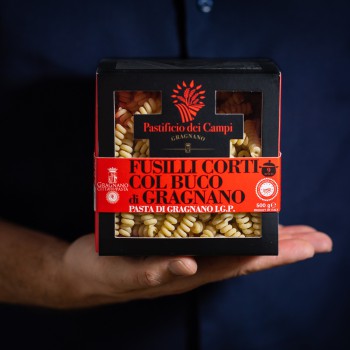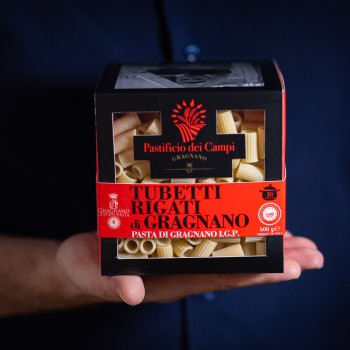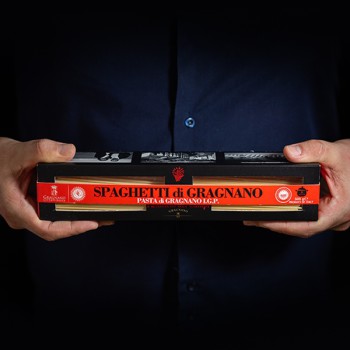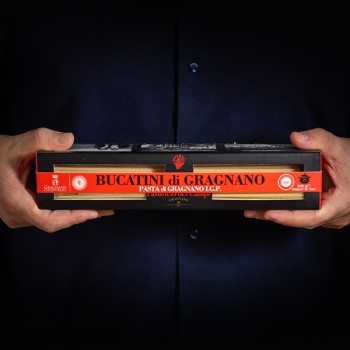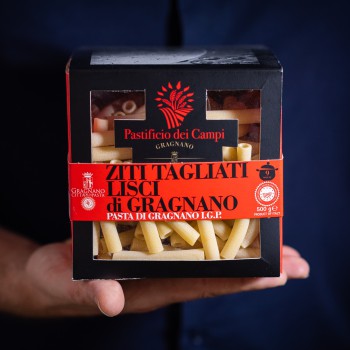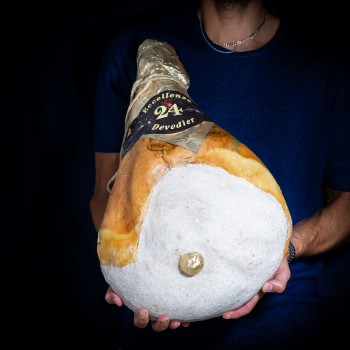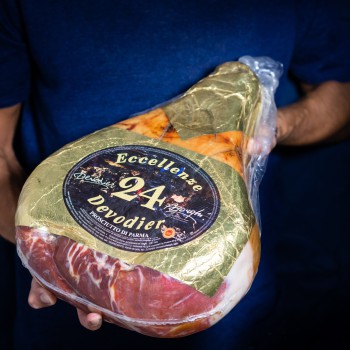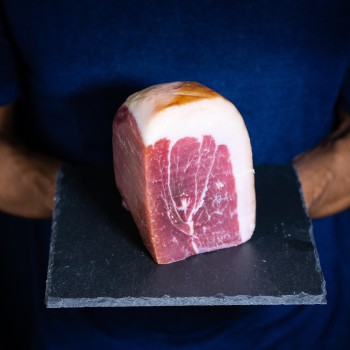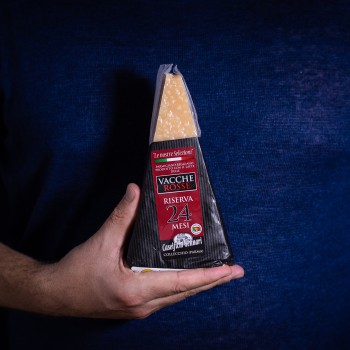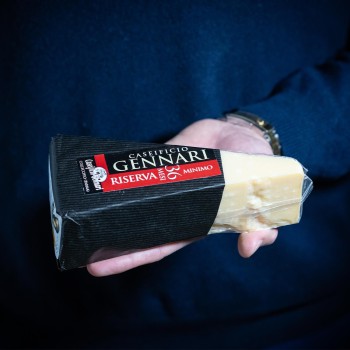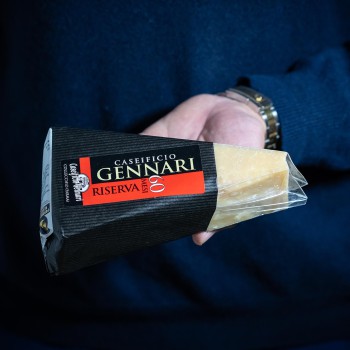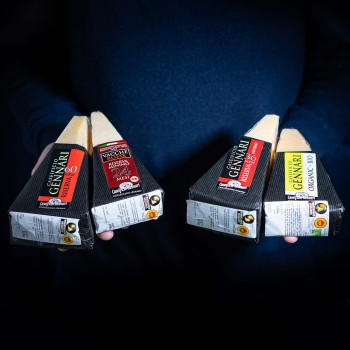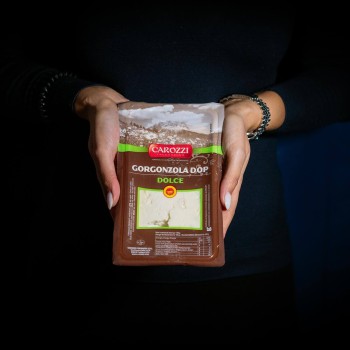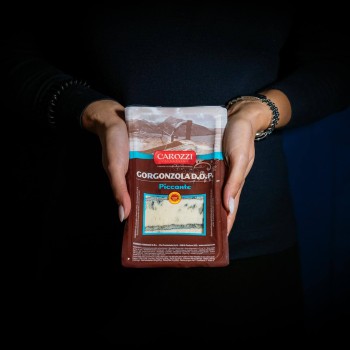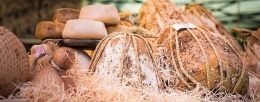Ferragosto is approaching, whip out the picnic baskets! What are we taking? All quick preparations to make and practical to carry and eat - dishes and cutlery are hardly needed! The secret? The best Italian cured meats.
Which are the most popular Italian products abroad?
Everyone wants a piece of Made in Italy. We are lucky enough to be able to have these extraordinary products always at hand, but what about the rest of the world? Which countries are the biggest lovers of Italian cuisine? And which are the top export Italian products? Let’s take a look at them.
Pasta
Pasta is the ultimate symbol of Italian cuisine. Italy exports as much as 60% of its total pasta production. Not surprisingly, we are the top pasta export country in the world. Italy accounts for more than 30% of the world’s pasta export by itself, but this percentage is constantly increasing. In 2020, which proved to be a record year, we exported 30% more than in previous years. The main import countries are USA, Germany and France.
It is, hence, obvious that pasta is popular everywhere in the world. Yes, we might not always agree with how pasta is cooked and dressed (to all American friends, we know that you put ketchup on Spaghetti), but good and proper pasta, made from high-quality durum wheat and bronze drawn, is gaining international renown, and we couldn’t be prouder.
Cheese
Let’s discover the world of Italian cheese together. Italy has a unique cheese variety, as well as some of the most famous and beloved cheeses in the world.
Parmigiano Reggiano and Grana Padano amount for 40% of total Italian cheese exports, and that’s not really a surprise. Objectively speaking, they are delicacies, stemming from the best cheese-making tradition. Export rates are once again constantly increasing as are, unfortunately, fraud and counterfeiting attempts.
Then we have Pecorino Romano and Gorgonzola cheese, two pillars of Italian cheese production, which, once again, are often counterfeited.
Germany, USA and France are the main, long-term import countries of these Italian delicacies. Japan is a new actor that recently came into play thanks to the EPA, the free trade agreement which entered into force in February 2019. Since then, a growth rate close to 20% is recorded each year.
Oil
Olive oil is a staple of our cuisine. Olive tree cultivation is rooted in our history, as well as olive harvest and milling, which have become actual rituals in Italy.
Olive oil production varies significantly every year, depending on the climate and other factors, such as insects and parasites. That being said, Italy is the second largest exporter of olive oil, only second to Spain.
The USA is the largest import country, followed by Germany and France. A remarkable increase of imports has also been registered in Canada, China and Brazil.
However, what matters the most is the increasing focus on quality. Virgin, refined or even pomace olive oils were once quite widespread abroad; now there is a higher demand for cold-extracted, extra virgin olive oil. People tend to be more aware of what Italian delights really are and hence, desire better quality products.
Dry-cured ham
As we were saying, there is higher demand for quality. Parma ham and San-Daniele ham are the favourite hams abroad and they cover almost all exports of Italian dry-cured ham.
Around 60% of exports go to European markets, Germany, France and the UK being the top three. The United States is the first importer outside of the EU.
Fun fact: Parma ham landed in Australia only in 2007. Since then, there has been a spike in demand, reaching 498,400kg in 2019.
Sauces and preserves
Italy’s produce is extremely varied. From North to South, whether in the summer or during the winter, there is always fruit and vegetables on Italian tables. The easiest way to preserve these delicacies is to pack them in jars, which is, coincidentally, also the easiest way to ship them to every corner of the world.
Fruit becomes jams and marmalades; vegetables are packed in oil, in preserves or ready-to-serve sauces.
It is clear why these Italian products have been met with such a success. They are non-perishable and extremely easy to use. With the right tomato sauce, anyone can make the most delicious pasta dish.
It is noteworthy that European countries are also interested in regional products. For instance, exports of capers from Pantelleria, Mostarda from Cremona, ‘Nduja sausage from Spilinga and strained tomatoes from Pachino have been steadily growing. This goes to show that people are increasingly interested in what our regions have to offer, which is highly rewarding for many Italian manufacturers that have been focusing on quality and artisan production methods for decades.
We have mentioned only some of the most famous and beloved Italian products abroad. It is difficult for a product to stand out and gain international renown in such a wide sector like that of Italian cuisine and, unfortunately, many products are still undeservingly underestimated.
It is a pity that other countries cannot try out all the products Italy has to offer; we hope to further develop trade exchanges to be able to promote Italian niche products abroad.























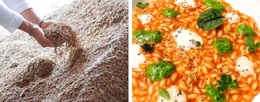
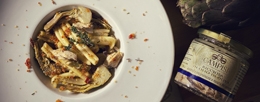


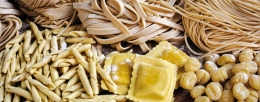

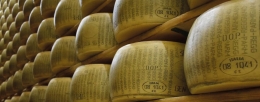
.jpg)
